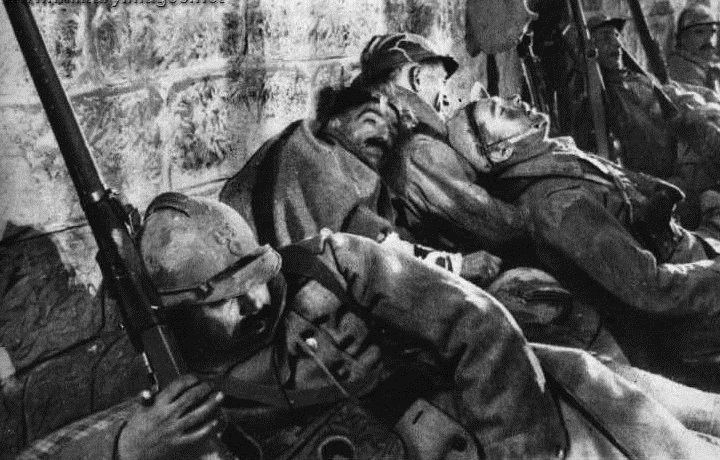600 5,200 Phone +33 3 29 88 32 88 | 163 dead191 wounded246 captured 2,740 dead and wounded | |
 | ||
Hours Open today · 10AM–5PMWednesday10AM–5PMThursday10AM–5PMFriday10AM–5PMSaturday10AM–5PMSunday10AM–5PMMonday10AM–5PMTuesday10AM–5PM Similar Fort Douaumont, Fort de Souville, Verdun Memorial, Douaumont Ossuary, Centre Mondial de la Paix | ||
Fort vaux battlefield 1 the new lockers they shall not pass gameplay
Fort Vaux, located in Vaux-Devant-Damloup, Meuse, France, was built from 1881–1884 at a cost of 1,500,000 Francs, to house 150 men. it became the second Fort to fall in the Battle of Verdun after Fort Douaumont which was virtually undefended and had been captured by a small German raiding party in February 1916. Fort de Vaux, was garrisoned when it was attacked on June 2 by German assault troops. The fort had been modernised before 1914 with additional reinforced concrete top protection like Fort Douaumont and was not destroyed by a German heavy artillery preparation which had included shelling by 16-inch howitzers. The superstructure of the fort was badly damaged but the deep interior corridors and stations remained intact and can still be seen in their original condition. A side bunker (Casemate de Bourges) is still equipped with its 75 mm gun.
Contents
- Fort vaux battlefield 1 the new lockers they shall not pass gameplay
- Fort vaux zombie screams and mysterious sounds battlefield 1
- First World War
- References
The defence of Fort Vaux was marked by the heroism and endurance of the garrison, including Major Sylvain-Eugene Raynal. Under his command, the besieged French garrison repulsed German assaults, including fighting underground from barricades inside the corridors, during the first big engagement inside a fort during World War I. The last men of the French garrison gave up after running out of water (some of which was poisoned), ammunition, medical supplies and food. Raynal sent several messages via homing pigeons (including the famous Vaillant), requesting relief for his soldiers. During his last communications, Major Raynal wrote "This is my last pigeon."
After the surrender of the garrison on June 7, the German army group commander Crown Prince Wilhelm, presented Major Raynal with a French officer's sword as a sign of respect. Raynal and his soldiers remained in captivity in Germany until the Armistice of 11 November 1918. The fort was recaptured by French infantry on November 2, 1916 after an artillery bombardment involving two long-range 400-millimetre (16 in) railway guns. After its recapture, Fort Vaux was repaired and garrisoned. Some damage from the fighting on June 2 can still be seen. Several underground galleries to reach the far outside, one of them being 1 mi (1.6 km) long, were dug and equipped, the water reserve was quadrupled and light was provided by two electric generators. The underground installations of the fort are well-preserved and are currently open to the public for guided visits.
